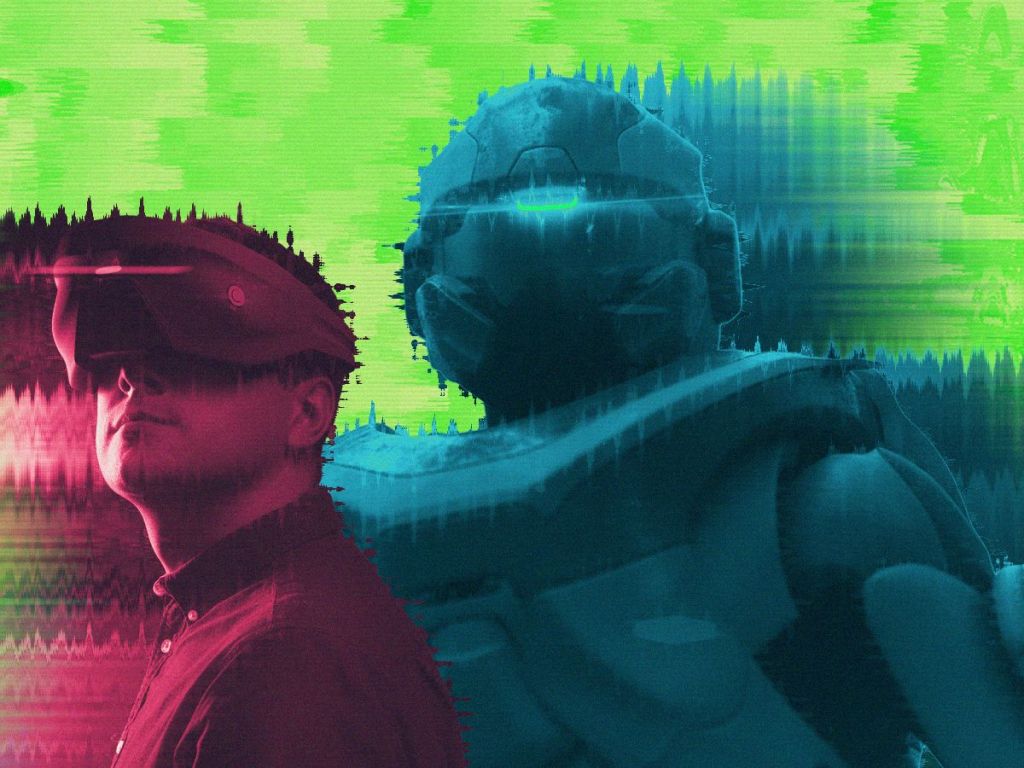The Australian government has released latest trademark guidance for products and services related to blockchain, the metaverse, and NFTs.
IP Australia, the government agency responsible for intellectual property matters in Australia, released a press statement on the classification of “goods and services related to emerging technologies.”
The agency said that it has recently seen a “surge” in trademark applications related to the aforementioned products. So, if you’re an entrepreneur who’s looking to trademark some magic internet JPEGs or a metaverse that you created, let’s dive in.
Blockchain
The backbone technology that powers the cryptocurrency industry isn’t only used for crypto, but also in other spaces like gaming and digital authentication.
IP Australia states that if one were to trademark a blockchain network that they’ve created, “a claim for ‘blockchain’ on its own lacks specificity and is not acceptable.” Thus, for classification purposes, “blockchain technology is a feature of goods or the means through which services are provided.”
Examples provided include: “downloadable computer software” for blockchain technology, “electronic funds transfer” provided via blockchain technology, and “computer programming of smart contracts.”
Metaverse
Planning to patent something in the metaverse? You might want to know that IP Australia prefers the term “virtual environments” due to its “broad application to many contexts”. However, mainstream terms like “metaverse” and “Web3” are still accepted.

If you want to file an IP application for any good or service that you’re offering in the virtual world, IP Australia will evaluate the application based on “the impact of the service in the real world.”
For example, if you’re offering banking services in the metaverse (like what this South Korean bank is attempting to do), it will be assessed based on Class 36 of IP Australia’s guidelines relating to activities involving finance, real estate, or insurance.
This is because “the manner the service is provided does not change the benefit received.” Doesn’t matter if it’s funny-looking avatars trying to open a savings account for their client in the metaverse. You’re still offering a financial service or product.
However, if you’re planning to file an IP trademark on your virtual smashed avo on toast in the metaverse, it would likely be evaluated by IP Australia under Class 41 (providing an entertainment service), not Class 43 (providing a restaurant service).
Those digital JPEGs
Sorry, NFT enthusiasts. IP Australia says that if you want to trademark an NFT collection, “a claim for ‘NFT’ or ‘non-fungible token’ on its own lacks specificity and is not acceptable.”
“An NFT is not considered a good or service but a means of certification,” states IP Australia’s guidelines. This means that if you intend to file an IP trademark for your NFTs, you must spell out exactly what it is that those NFTs are certifying.
For example, if your NFT serves as proof to verify one’s ownership of a music or image file on the internet, specify that. If your NFT is tied to a physical item (like these golden skateboards) and is used to “demonstrate ownership of real-world goods such as art or fashion,” these would fall either under Class 9 or Class 25 of IP Australia’s trademark guidelines.
IP Australia and trademarking
IP Australia says that these guidelines are in line with The World Intellectual Property Organisation’s latest edition of its International Classification of Goods and Services guide. The guide will come into effect on January 1, 2024.





